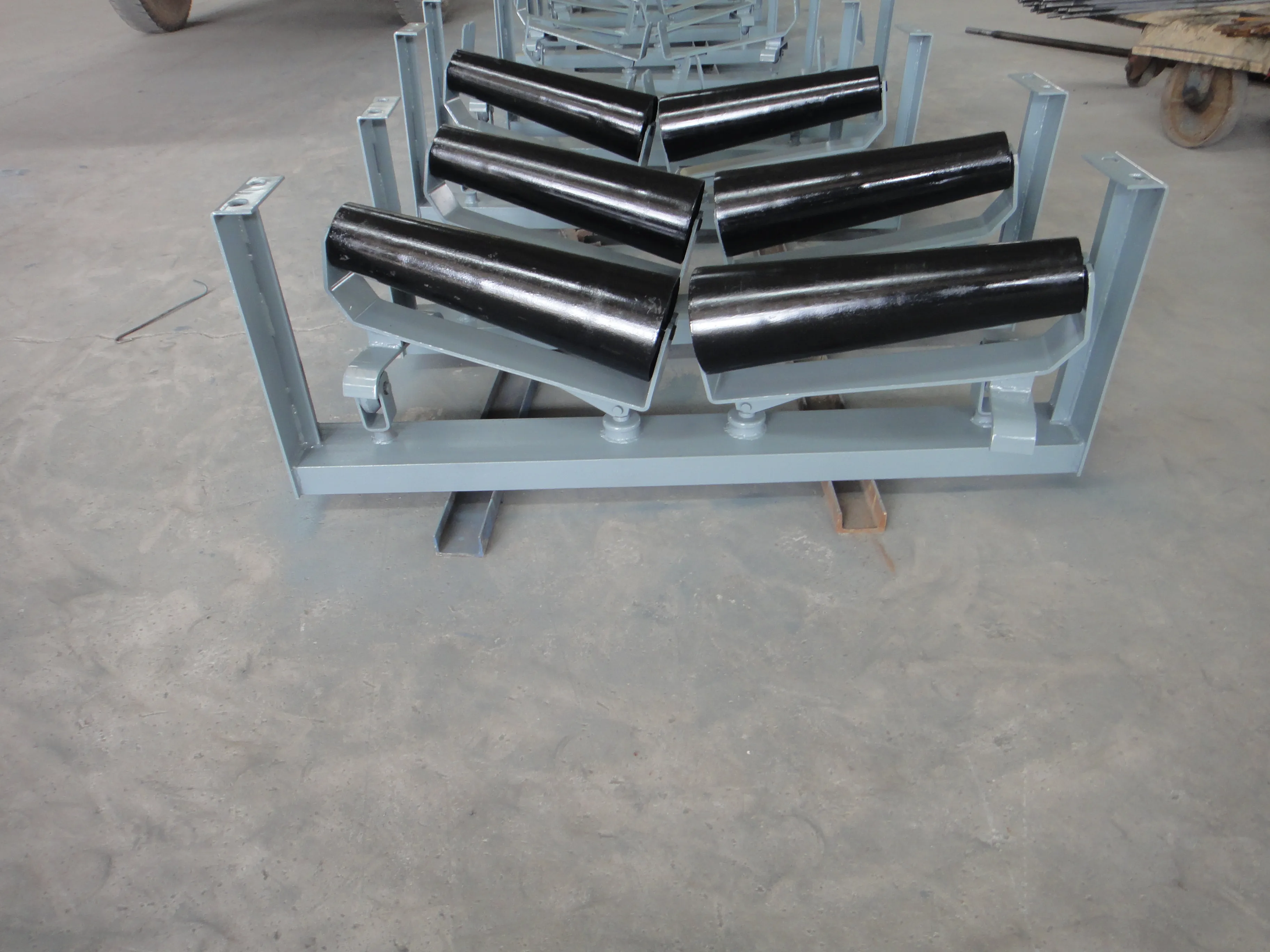 Afrikaans
Afrikaans  Albanian
Albanian  Amharic
Amharic  Arabic
Arabic  Armenian
Armenian  Azerbaijani
Azerbaijani  Basque
Basque  Belarusian
Belarusian  Bengali
Bengali  Bosnian
Bosnian  Bulgarian
Bulgarian  Catalan
Catalan  Cebuano
Cebuano  Corsican
Corsican  Croatian
Croatian  Czech
Czech  Danish
Danish  Dutch
Dutch  English
English  Esperanto
Esperanto  Estonian
Estonian  Finnish
Finnish  French
French  Frisian
Frisian  Galician
Galician  Georgian
Georgian  German
German  Greek
Greek  Gujarati
Gujarati  Haitian Creole
Haitian Creole  hausa
hausa  hawaiian
hawaiian  Hebrew
Hebrew  Hindi
Hindi  Miao
Miao  Hungarian
Hungarian  Icelandic
Icelandic  igbo
igbo  Indonesian
Indonesian  irish
irish  Italian
Italian  Japanese
Japanese  Javanese
Javanese  Kannada
Kannada  kazakh
kazakh  Khmer
Khmer  Rwandese
Rwandese  Korean
Korean  Kurdish
Kurdish  Kyrgyz
Kyrgyz  Lao
Lao  Latin
Latin  Latvian
Latvian  Lithuanian
Lithuanian  Luxembourgish
Luxembourgish  Macedonian
Macedonian  Malgashi
Malgashi  Malay
Malay  Malayalam
Malayalam  Maltese
Maltese  Maori
Maori  Marathi
Marathi  Mongolian
Mongolian  Myanmar
Myanmar  Nepali
Nepali  Norwegian
Norwegian  Norwegian
Norwegian  Occitan
Occitan  Pashto
Pashto  Persian
Persian  Polish
Polish  Portuguese
Portuguese  Punjabi
Punjabi  Romanian
Romanian  Russian
Russian  Samoan
Samoan  Scottish Gaelic
Scottish Gaelic  Serbian
Serbian  Sesotho
Sesotho  Shona
Shona  Sindhi
Sindhi  Sinhala
Sinhala  Slovak
Slovak  Slovenian
Slovenian  Somali
Somali  Spanish
Spanish  Sundanese
Sundanese  Swahili
Swahili  Swedish
Swedish  Tagalog
Tagalog  Tajik
Tajik  Tamil
Tamil  Tatar
Tatar  Telugu
Telugu  Thai
Thai  Turkish
Turkish  Turkmen
Turkmen  Ukrainian
Ukrainian  Urdu
Urdu  Uighur
Uighur  Uzbek
Uzbek  Vietnamese
Vietnamese  Welsh
Welsh  Bantu
Bantu  Yiddish
Yiddish  Yoruba
Yoruba  Zulu
Zulu Understanding the Importance of Pulley Lagging in Industrial Applications and Maintenance
Understanding Pulley Lagging Importance, Types, and Benefits
Pulley lagging is a crucial aspect of industrial machinery, particularly in the mining and material handling sectors. It refers to the process of applying a protective covering to the surface of a conveyor pulley to enhance its performance and longevity. This article aims to explore the significance, various types, and advantages of pulley lagging, highlighting its role in improving the efficiency of conveyor systems.
At its core, pulley lagging serves multiple vital functions. One of its primary purposes is to provide a better grip between the conveyor belt and the pulley. This increased friction reduces slippage, particularly under heavy loads or wet conditions. When a belt slips on a pulley, it can lead to wear and tear on both the belt and the pulley itself, resulting in costly downtime and maintenance. By utilizing lagging, companies can ensure a more efficient transmission of power and minimal belt wear, ultimately leading to a longer lifespan for both components.
Another significant benefit of lagging is its role in protecting the pulley from wear and damage. Pulleys are subject to harsh operating conditions, including exposure to abrasive materials, moisture, and varying temperatures. Without proper protection, pulleys can quickly deteriorate, resulting in unexpected breakdowns. Lagging materials, which are often made from rubber, ceramic, or composite materials, act as a buffer against these harsh conditions, prolonging the life of the pulley.
There are various types of pulley lagging available, each designed to address specific operational needs. Rubber lagging is the most common, offering excellent friction properties and resilience against wear. It is available in different thicknesses and can be custom-fabricated to fit specific pulley sizes. Ceramic lagging, on the other hand, is ideal for environments where high abrasion is a concern. The ceramic tiles provide superior wear resistance and can significantly extend the life of both the pulley and conveyor belt.
pulley lagging

Additionally, there are composite lagging options that combine the benefits of both rubber and ceramic materials. These composites can deliver excellent grip while also being capable of withstanding rough handling and harsh substances. The choice of lagging material largely depends on the specific requirements of the application, including the type of materials being transported and environmental factors.
The installation of pulley lagging is also a straightforward process, often involving adhesive bonding or mechanical fasteners. With proper installation, the lagging can remain securely in place even under the most challenging conditions. Regular inspection and maintenance are vital to ensure that the lagging remains effective and does not suffer from wear over time.
In addition to operational advantages, pulley lagging contributes to overall safety in the workplace. By reducing the likelihood of slippage and subsequent equipment failure, employees are less exposed to hazardous conditions. Enhanced system reliability translates to a safer working environment, which is a paramount concern in industrial operations.
In conclusion, pulley lagging is a small but significant component that plays a crucial role in the efficiency and longevity of conveyor systems. By enhancing the grip, protecting against wear, and contributing to workplace safety, pulley lagging represents a smart investment for any business that relies on conveyor technology. Whether through rubber, ceramic, or composite options, choosing the right lagging material can lead to improved performance, reduced maintenance costs, and a more efficient operational process. As industries continue to evolve, investing in high-quality pulley lagging will remain essential for ensuring that machinery performs at its best.
-
Revolutionizing Conveyor Reliability with Advanced Rubber Lagging PulleysNewsJul.22,2025
-
Powering Precision and Durability with Expert Manufacturers of Conveyor ComponentsNewsJul.22,2025
-
Optimizing Conveyor Systems with Advanced Conveyor AccessoriesNewsJul.22,2025
-
Maximize Conveyor Efficiency with Quality Conveyor Idler PulleysNewsJul.22,2025
-
Future-Proof Your Conveyor System with High-Performance Polyurethane RollerNewsJul.22,2025
-
Driving Efficiency Forward with Quality Idlers and RollersNewsJul.22,2025





























